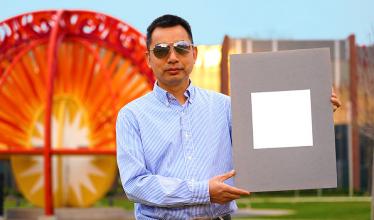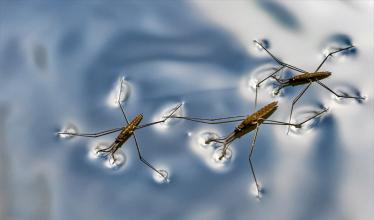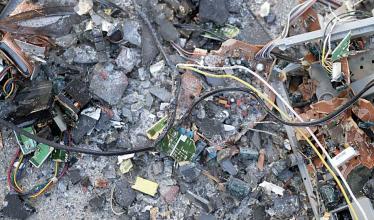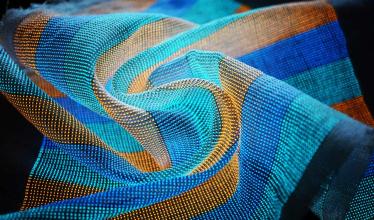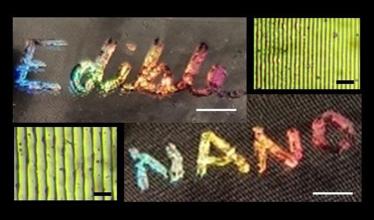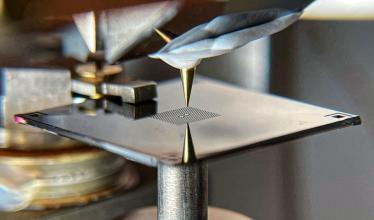Technology
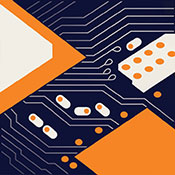 Innovations that shape our world
Innovations that shape our world
Since early humans first tended fires and sharpened spears, we’ve sought to apply our knowledge to shape the natural world to suit our needs. Here we chronicle the promise and pitfalls of this basic human drive in all its present day manifestations – from robots and AI to nanotechnology and materials to devices, transportation, engineering and manmade disasters.
New approach to brain-computer interfaces more than doubles the speed at which messages can be relayed.
New tool for artists can paint, erase and change the color of strokes on a metal canvas.
New encoding method aims to become faster and more accurate.
The ultra-reflective paint could help keep buildings cool without air conditioning.
Researchers make tiny disks that can propel themselves without external power.
The new approach can separate different metals in electronic waste using only air and high temperatures.
The system captured 3D super-resolution images of small protrusions on the branches of neurons.
The curved barriers would deflect air pollution away from pedestrians and provide a scaffold for plants to "green" a city.
Electronic display fabrics are now larger and more durable, opening the door to clothing that acts like a computer screen.
Milk proteins grown in the laboratory could be a more sustainable alternative to the cow’s udder, but the science behind it is still maturing.
Laser etching on food-safe pigments can create 2D images that appear 3D.
Using a bouncy platform instead of a vibrating tip may allow MRI machines to image a single virus.




